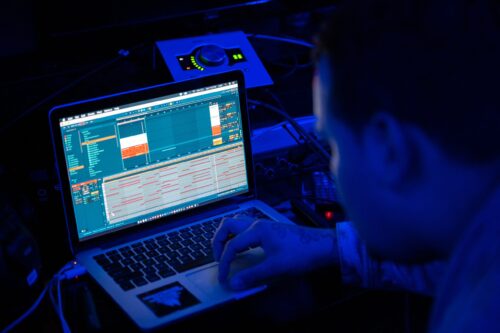Solutions streamline PID loop tuning workhorse
As part of implementing or maintaining a control system it is necessary to adjust or "tune" control loops. This procedure is needed on any loop typically called a Proportional-Integral-Derivative loop or "PID loop." The PID loop is the workhorse of the control industry, even more so today because of the ever-changing production demands brought about by improved plant-floor connectivity.
As part of implementing or maintaining a control system it is necessary to adjust or “tune” control loops. This procedure is needed on any loop typically called a Proportional-Integral-Derivative loop or “PID loop.” The PID loop is the workhorse of the control industry, even more so today because of the ever-changing production demands brought about by improved plant-floor connectivity. It is also the standard offering on most controllers equipped to handle regulatory loop functions.
Many methods help individuals tune loops. They vary from “pencil and paper” Ziegler-Nichols calculations to sophisticated software solutions. These include machine-specific applications from controller vendors and generic multi-controller products.
Wide coverage
ExperTune Inc. (Hubertus, Wis.) offers a software package aimed at assisting with initial loop tuning and with maintaining PID loops in a wide variety of controllers, including a long list of PLCs and DCSs. The exhaustive list of currently marketed devices extends to numerous older models still used in many facilities.
As a generic loop-tuning package, ExperTune supports several methods of communication, including Dynamic Data Exchange and OLE for Process Control links, controller specific communications packages, and serial ASCII. As part of the configuration process for a new loop application, the user simply selects the controller type from the list of supported systems. For several systems, there are “Setup Wizards” for establishing proper communications with a desired loop.
Included with the software is a tutorial/simulation package that provides product orientation and training. In addition, help files benefit those using the package and those working with the loop characteristics of individual controllers. The package guides in loop tuning and optimization.
Once a target controller and its communications are established, the package provides a common “Faceplate” for performing loop tuning. The Faceplate display gives a control engineer the ability to monitor loop data (process variable, setpoint, and controller output) as numeric data, a bar fill display, and a 30-sec trend graph. In addition, it also indicates current PID tuning parameters.
A tuning sequence can be initiated directly from the Faceplate display. The software then guides the user through the tuning process and prompts for process stability to indicate completion of the tuning data collection. Once tuning is complete, the package provides a historical plot of the data used to generate the tuning recommendations. Within this portion of the package, tools are provided that support detailed analysis of data collected, should this become necessary.
Making the changes
The tuning sequence results in recommendations for the new PID parameters. Included with these parameters is an estimate of expected performance improvement. All new parameters are a function of the tuning basis selected. They may be revised to generate different PID recommendations and performance estimates without re-exercising the loop. Thus, the user can evaluate several options prior to downloading the selected parameters to the control loop; only one forced loop upset is required. All tuning options are viewable on the “PID Grid” without their improvement estimates.
To support loop maintenance, all data and parameters for each loop can be saved for future use. To retune each loop, the control engineer simply selects and opens a specific file for use in the maintenance activity.
This review is based on version 10.06.24 of the ExperTune PID Loop Analyzer and Tuner V in conjunction with version 10.12.2 of the ExperTune Control Loop Simulation package. For more information on Expertune, visit www.controleng.com/freeinfo
Author Information
Contributing editor Tracy J. Coates P.E. is a consulting engineer at PCE Engineering, Johnson City, Tenn.
Do you have experience and expertise with the topics mentioned in this content? You should consider contributing to our CFE Media editorial team and getting the recognition you and your company deserve. Click here to start this process.





